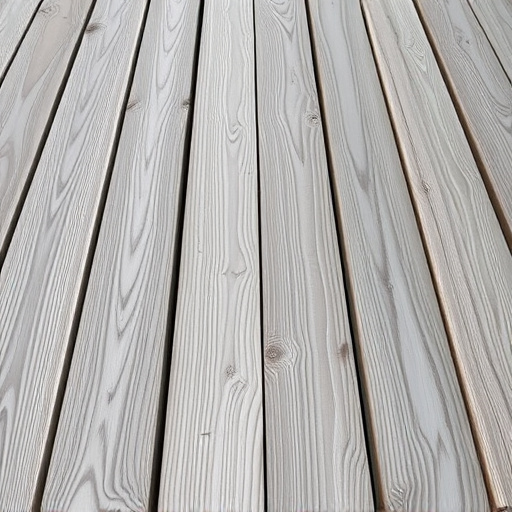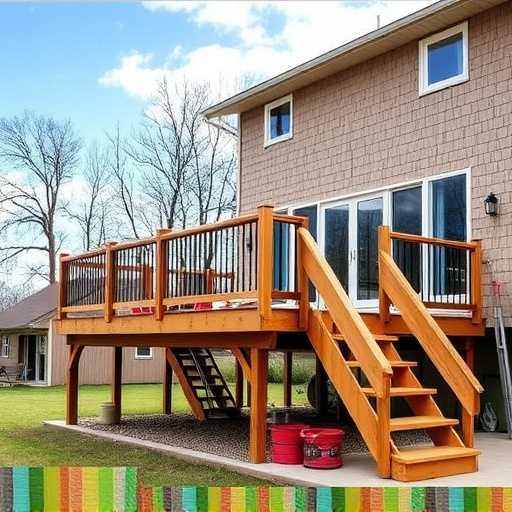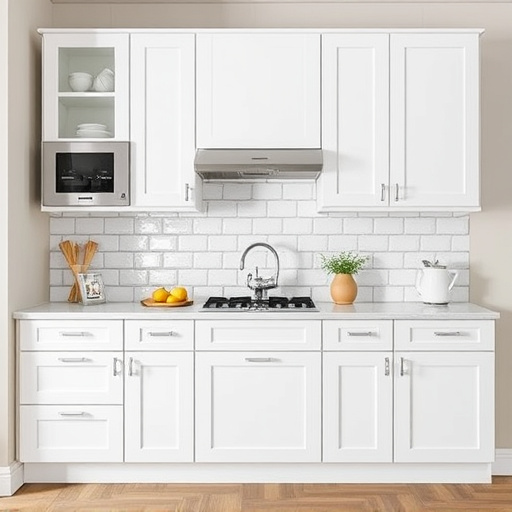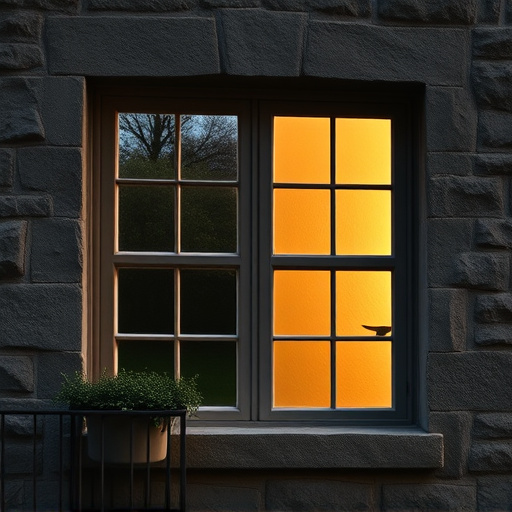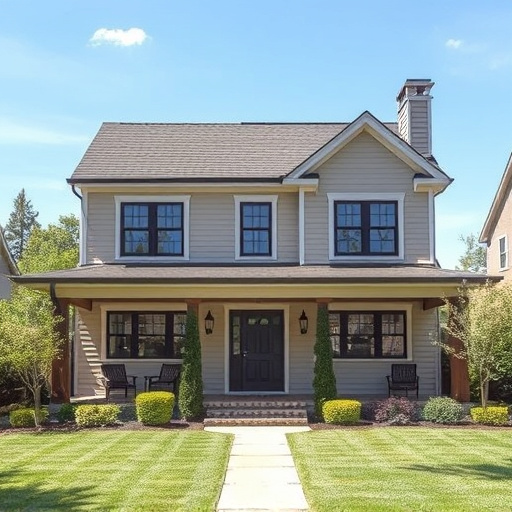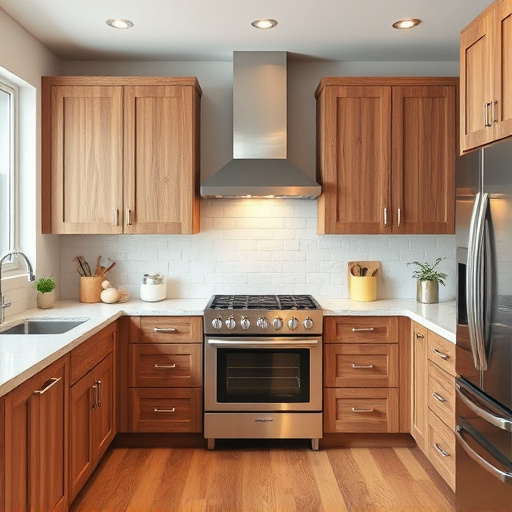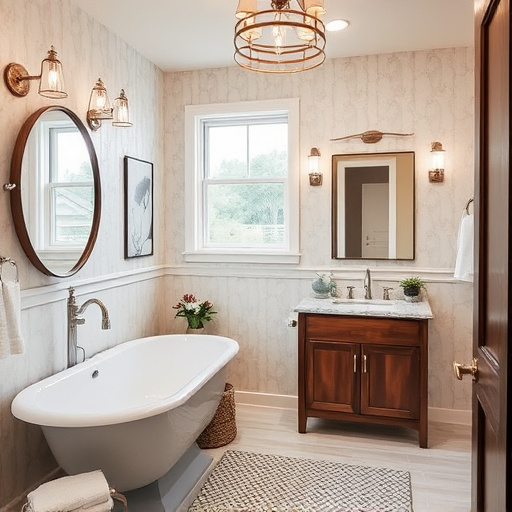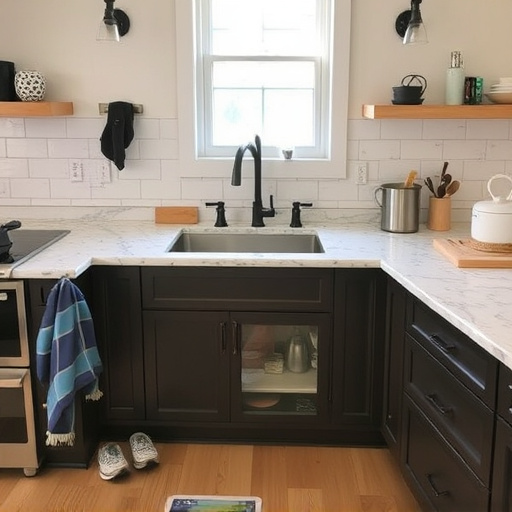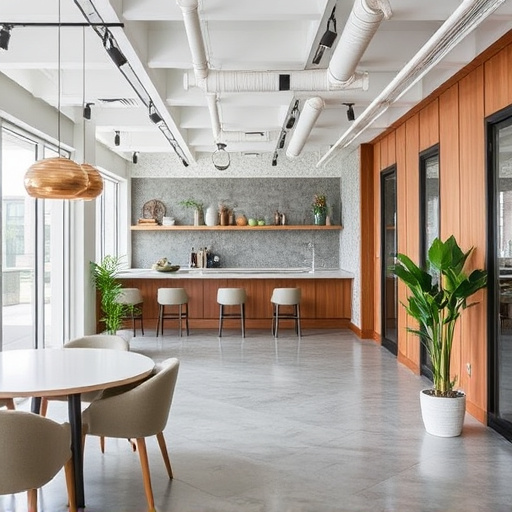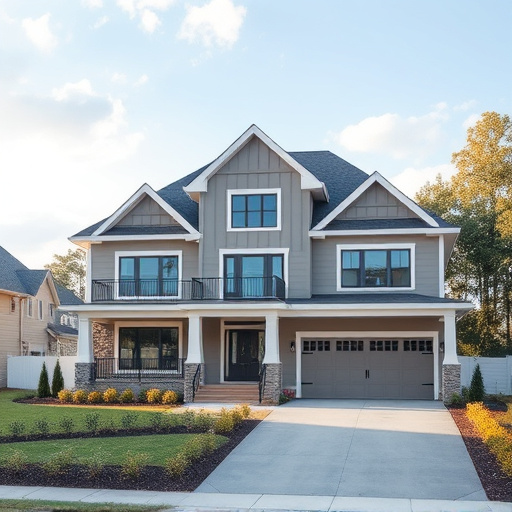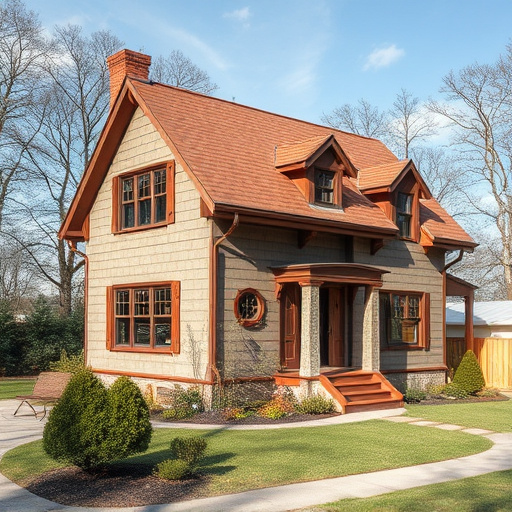Before budgeting for a flooring upgrade, assess room needs and aesthetic preferences. Consider durability vs. aesthetics in high-traffic vs. low-traffic areas. Research material costs, installation, and labor in your region. Allocate a flexible budget for comprehensive projects. Focus on individual rooms for strategic spending. Refinish existing floors for eco-friendly and economical options. Take advantage of package deals or promotions for cost savings.
Looking to elevate your space with a smart flooring upgrade? Budgeting effectively is key to transforming your home without breaking the bank. This guide navigates the essential steps, from understanding your needs to setting realistic budget boundaries and implementing cost-saving strategies. Discover how to make informed decisions, prioritize your spending, and choose impactful upgrades that fit your financial goals for a successful and affordable flooring makeover.
- Understanding Your Flooring Upgrade Needs
- Setting Realistic Budget Boundaries
- Smart Strategies for Cost-Effective Upgrades
Understanding Your Flooring Upgrade Needs
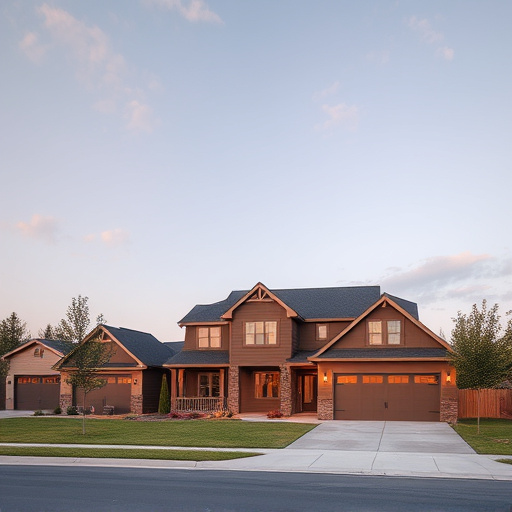
Before diving into budgeting for your flooring upgrade, it’s crucial to understand your specific needs and goals. Start by evaluating which areas of your home require a makeover—is it time for a kitchen remodel or bathroom renovations? Different rooms have distinct requirements; for instance, high-traffic areas like kitchens and entryways may need more durable flooring options that can withstand wear and tear. In contrast, bedrooms or living spaces might benefit from aesthetics over practicality.
Consider the style you envision for each space as well. Are you aiming for a modern look with sleek tiles or a cozy feel with plush carpets? The type of flooring you choose—from hardwood to laminate, tile, or vinyl—will significantly impact your budget. Additionally, keep in mind any future plans; if you’re considering kitchen and bath renovations in the near future, selecting versatile and long-lasting flooring could be a wise investment.
Setting Realistic Budget Boundaries
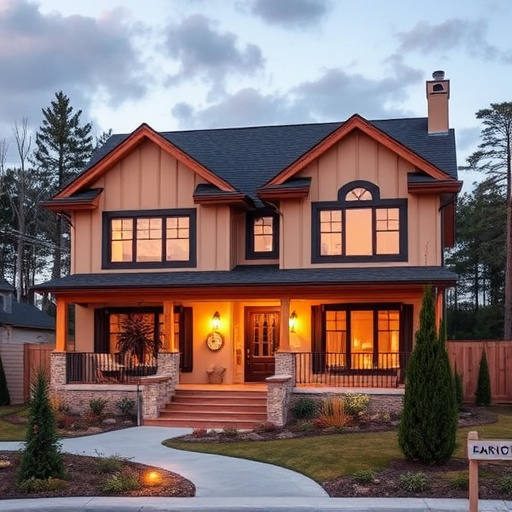
When budgeting for a flooring upgrade, setting realistic boundaries is key to avoiding financial surprises. Begin by assessing your entire home and identifying which areas need attention. Factor in the size and complexity of each room; a kitchen or living area might require a larger budget due to higher material costs and labor needs. Consider the current state of your floors: are they heavily worn, damaged, or simply outdated? A complete replacement may be more expensive than repairs or a simple refresh.
Researching average pricing for flooring materials, installation, and labor in your region is essential. Online resources and local hardware stores can provide valuable insights into material costs. For a comprehensive home remodeling project involving multiple rooms, including interior painting, allocate a flexible budget that accounts for unforeseen expenses. Remember, setting clear boundaries ensures you stay on track with your financial goals while achieving the desired flooring upgrade throughout your space.
Smart Strategies for Cost-Effective Upgrades
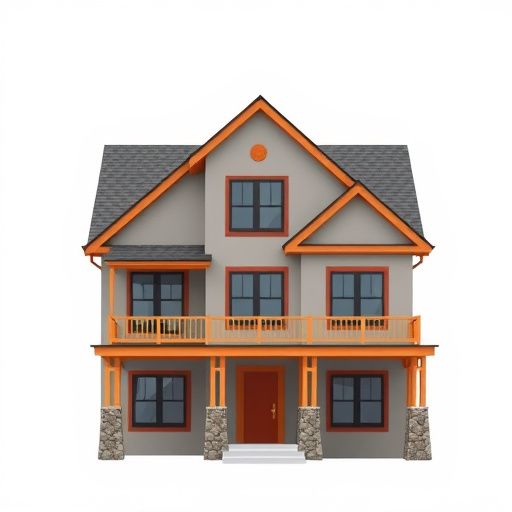
When planning a flooring upgrade, smart strategies can make all the difference in staying within your budget. One effective approach is to focus on individual rooms rather than tackling the whole house at once. This allows for more flexible spending and prioritization based on room use and aesthetics. For instance, high-traffic areas like kitchens and hallways might require tougher materials that are more cost-effective in the long run, while bedrooms can opt for warmer, softer options.
Another key strategy is to consider both new flooring installations and refinishing existing floors. Refinishing is an excellent way to extend the life of your current floors, giving them a fresh look without the high cost of complete replacement. This not only saves money but also contributes to more sustainable practices in whole house remodels, transforming functional spaces into stylish, updated environments. Renovation services that offer package deals or promotions can also help you save on overall expenses for your flooring upgrade.
Upgrading your flooring is an excellent investment in your home, but it doesn’t have to break the bank. By understanding your needs, setting realistic budget boundaries, and employing smart strategies, you can achieve a stunning flooring upgrade without overspending. Remember, cost-effective solutions are within reach, allowing you to transform your living spaces while remaining within your financial comfort zone. Embrace these tips, and take the first step towards a beautiful and budget-smart home renovation.

